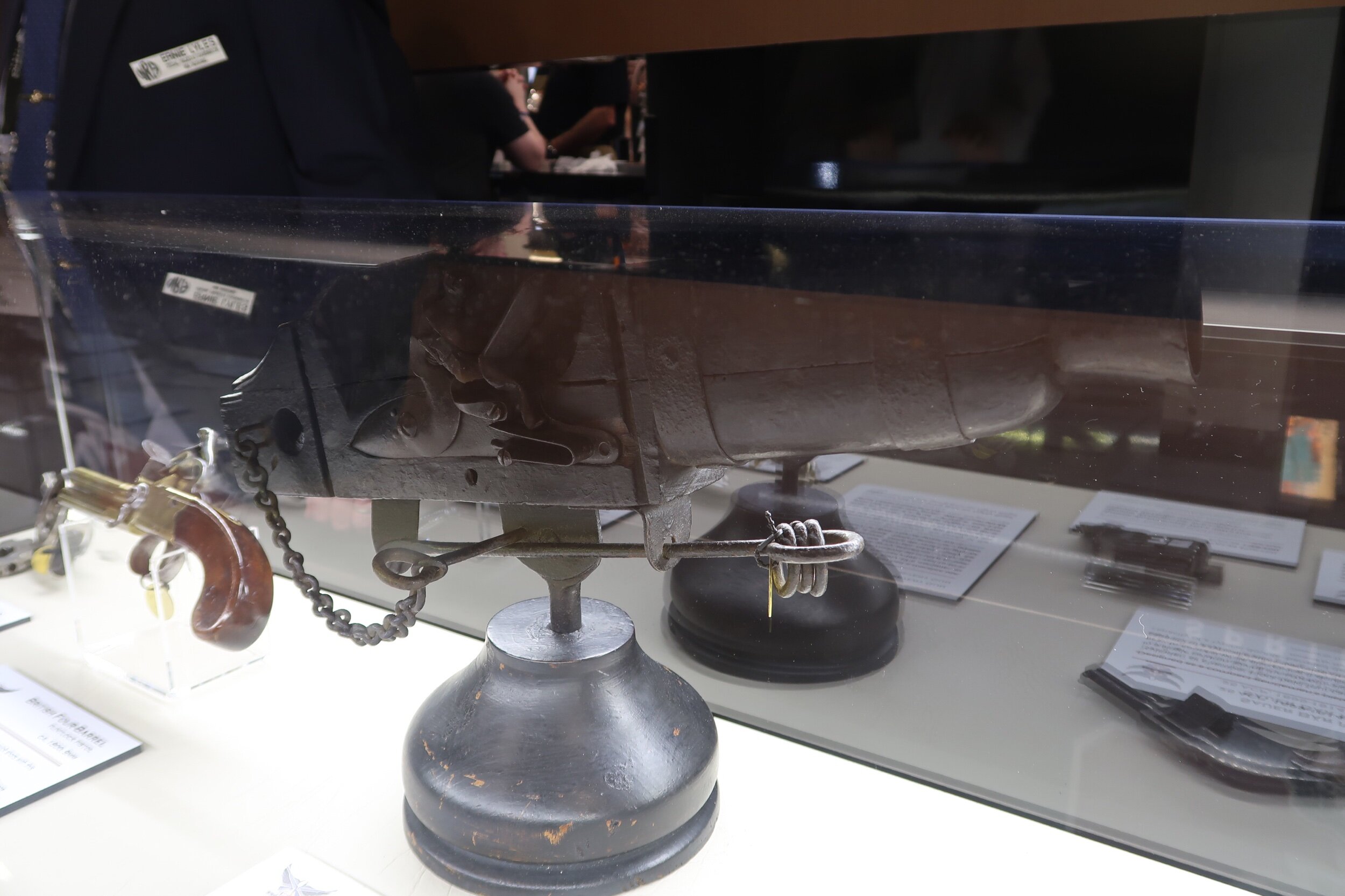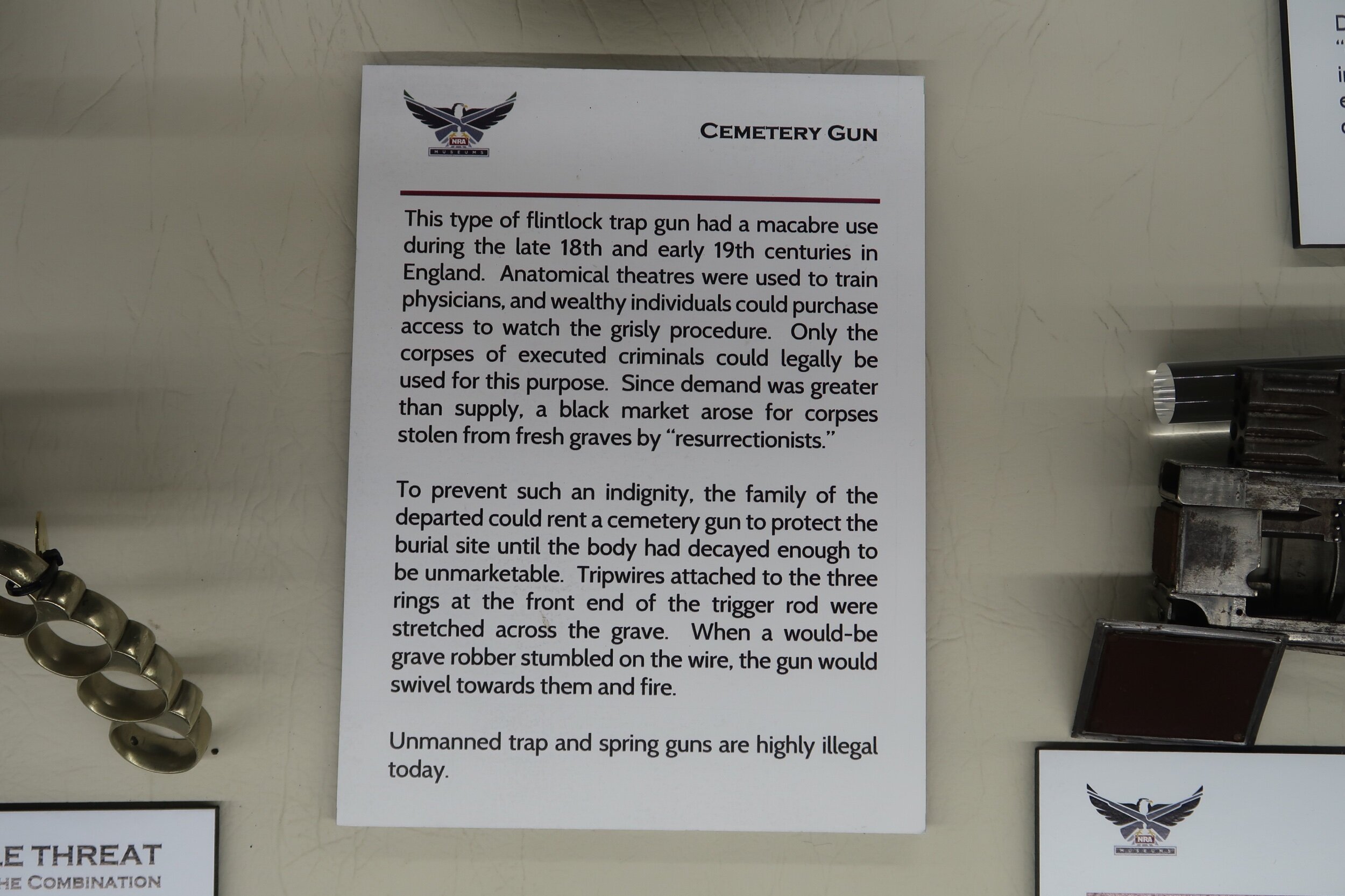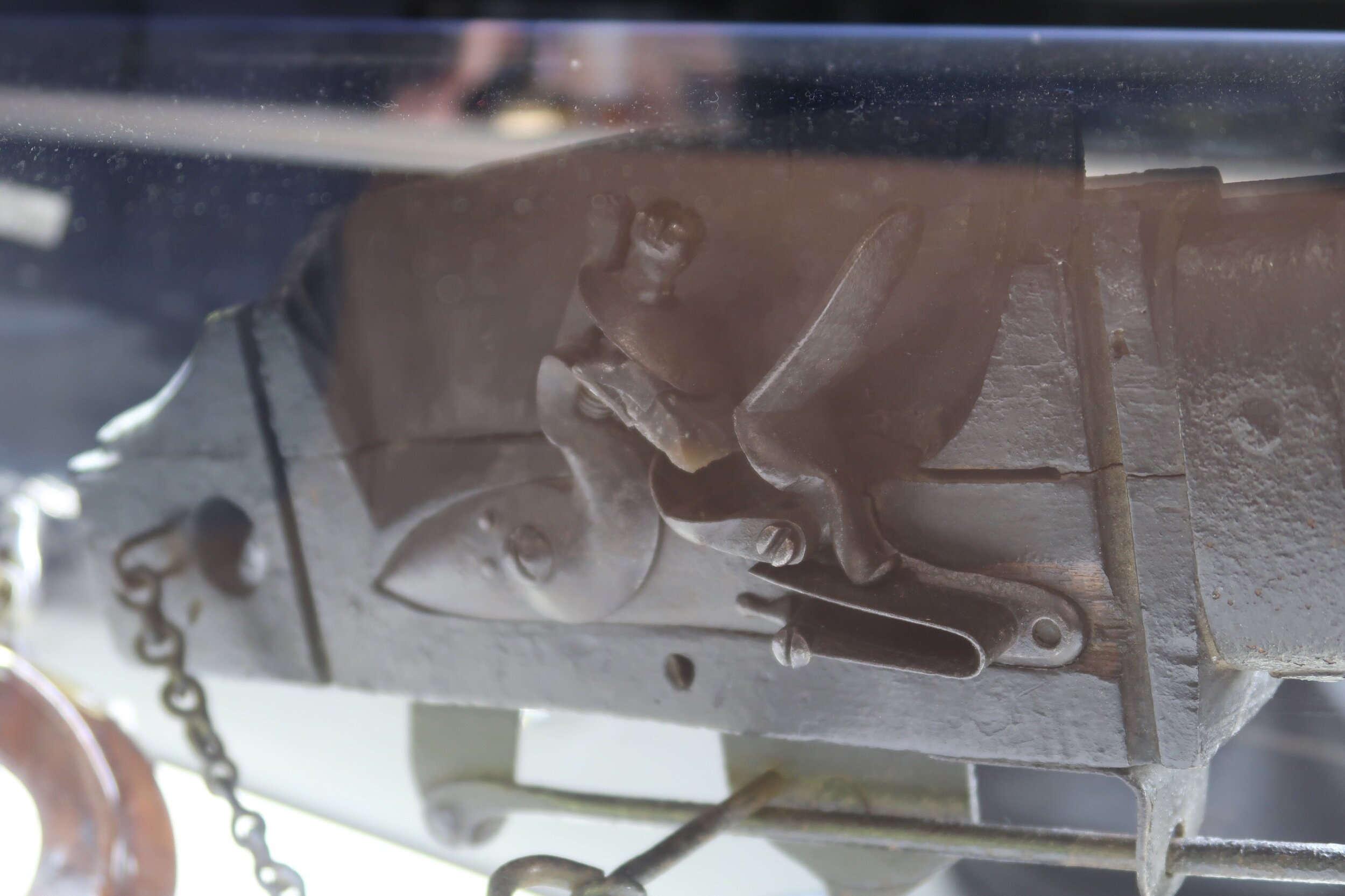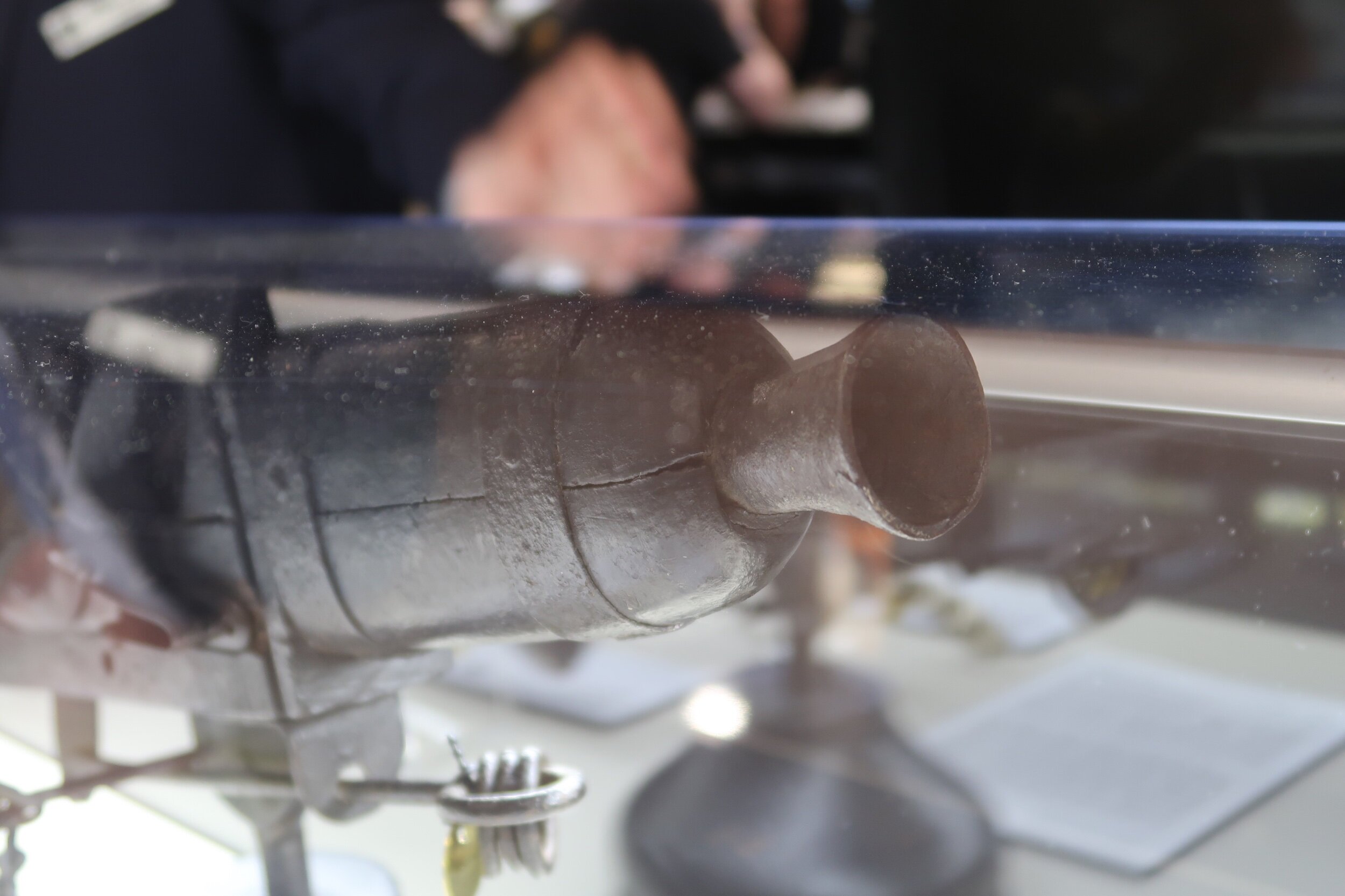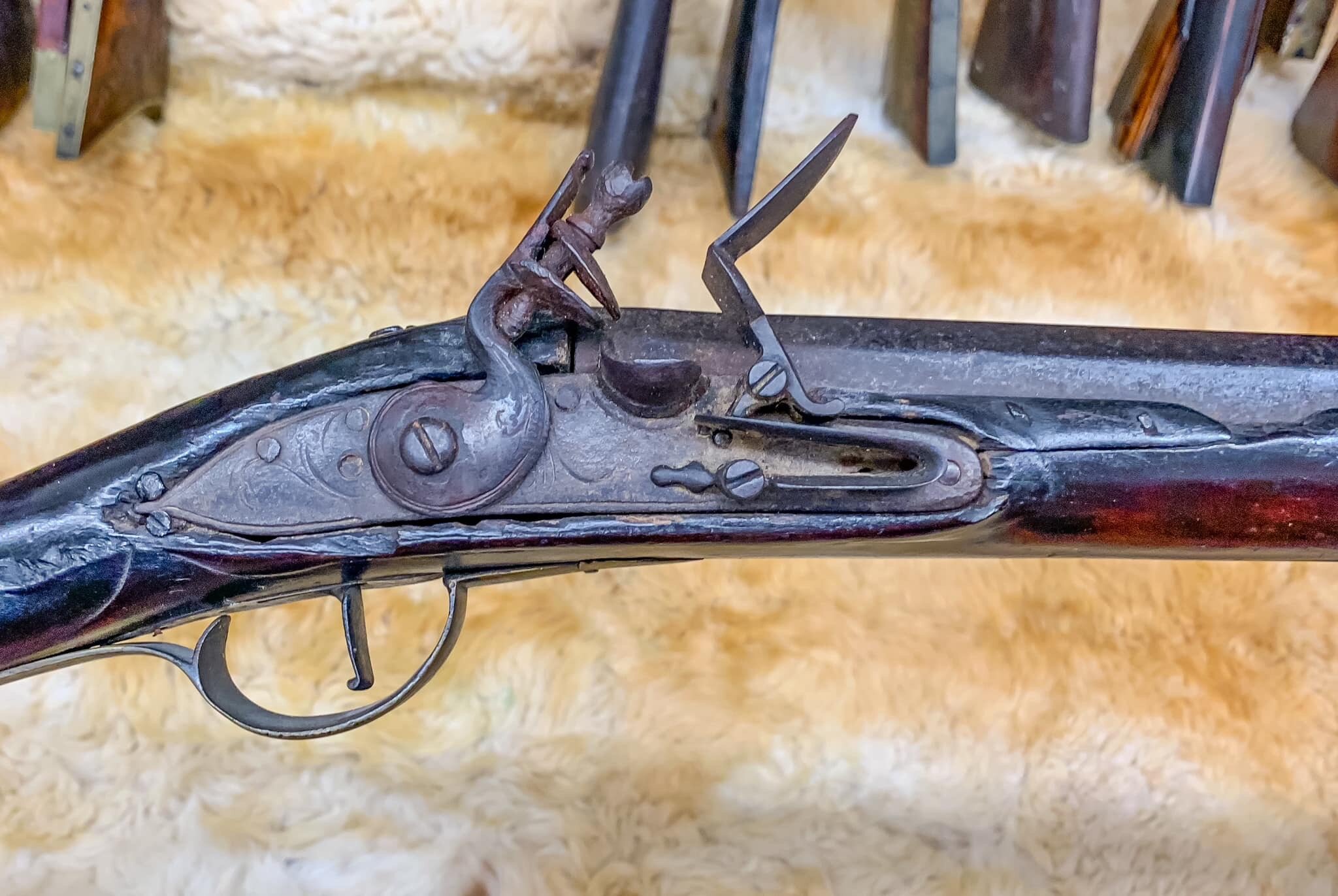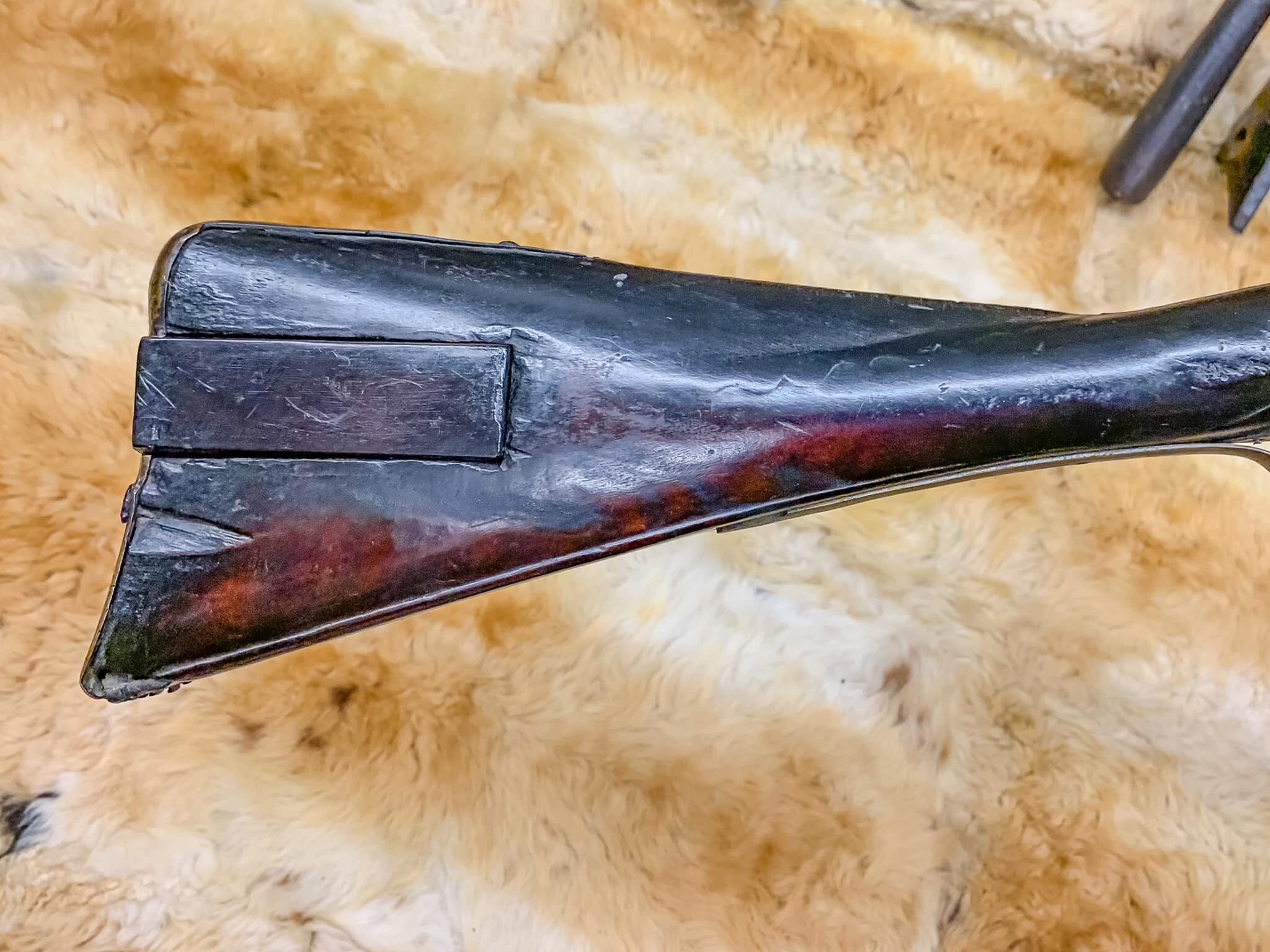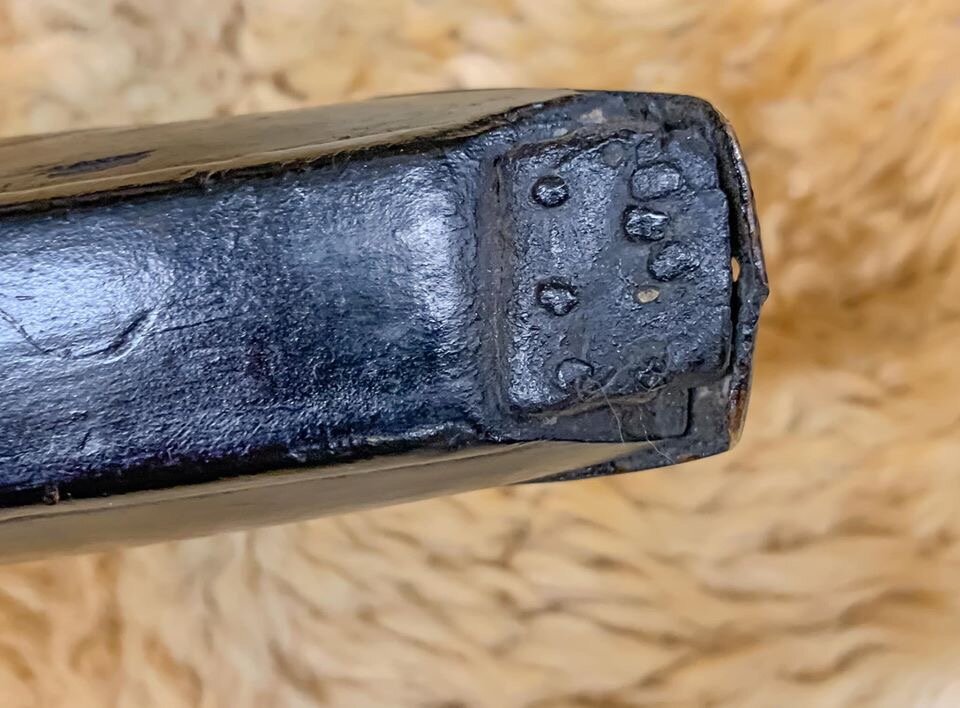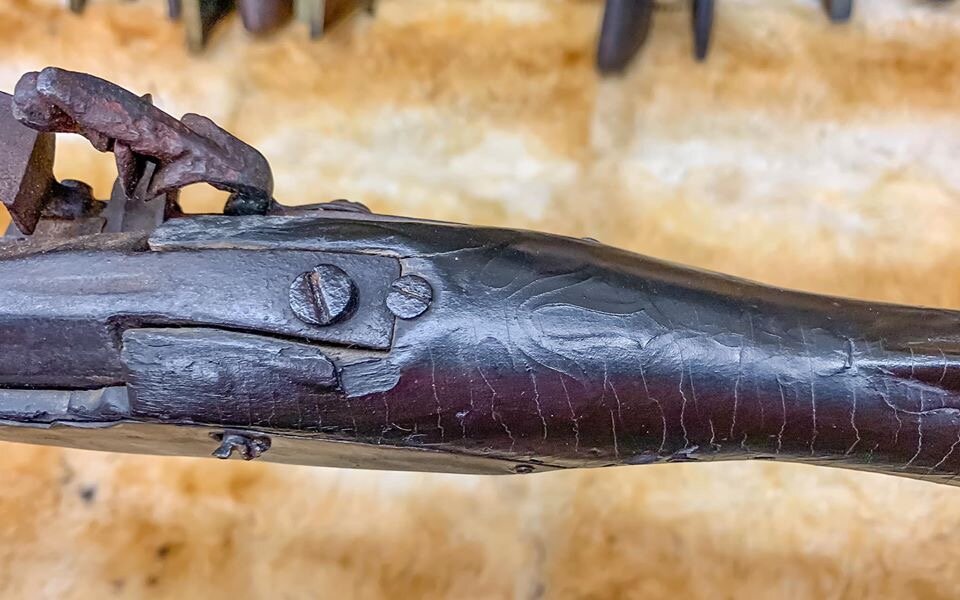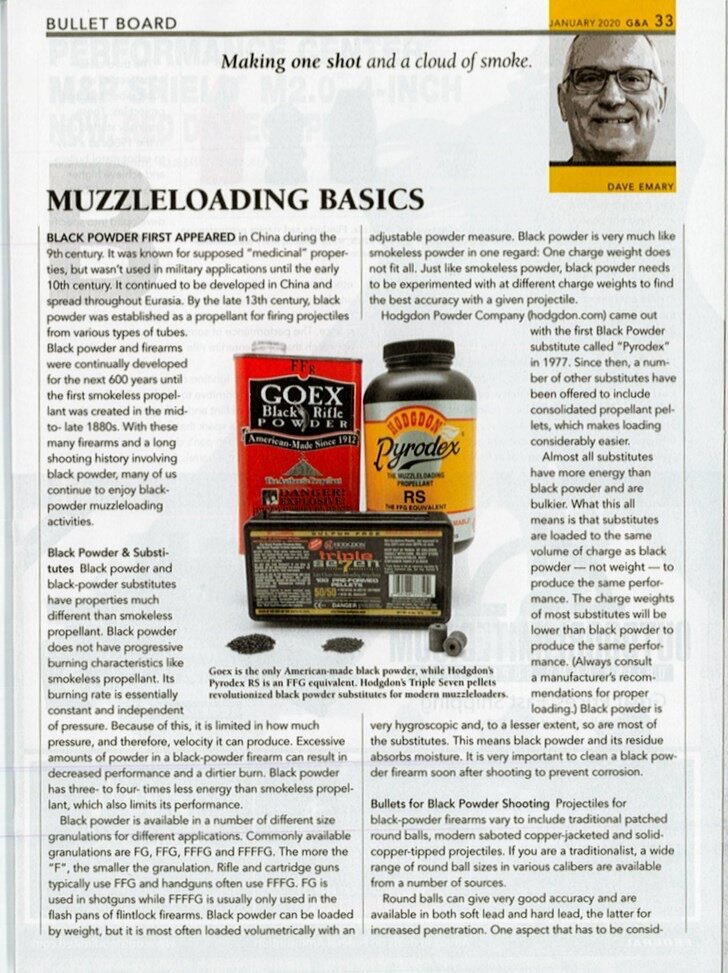The NMLRA is now accepting applications for clubs to host an NMLRA Territorial. The Territorials are the NMLRA’s outreach program to bring competitive shooting to its members locally.
Let’s face it: not everyone can make it to Friendship. This doesn’t mean you have to be shooting the center out of all your targets to participate. Even the best shooter has been known to pull a shot out into the white on a target.
Territorial match directors and competitors alike welcome new shooters to participate in the territorial program.
Nowhere else does the statement the more the merrier ring true. Don’t be intimidated by the word competitive or competition; really, we’re all a bunch of blackpowder enthusiasts looking to have a good time and shoot a respectable score – a score that can withstand the good-natured ribbing that is bound to happen around the campfire at the end of the day.
2023 NMLRA TERRITORIAL INFORMATION
Greetings from your NMLRA Territorial Committee!
We are so thankful for all of you and the jobs you do as territorial match directors. We also want your clubs to be successful while providing this vital outreach program. We have been working to streamline the current program and looking to make this more profitable to your clubs. In doing so we have made several changes to the 2023 territorial program.
The first change we have instituted is building a committee to help each of you with hosting each territorial event. The committee is Lonnie Vermillion, Bob Shepherd and Branch Meanley. Lonnie will be chairing this committee and will be your direct contact person for any questions you may have.
The second change will be in the pricing structure. The current prices were established over 20 years ago. We all know that the association and each of your individual clubs are losing money by hosting these events. We have taken into careful consideration the total number of shooters and the average number of aggregates shot by each individual. The prices will increase to $20 per registration and $20 for each aggregate purchased. Juniors will remain at the same $1 for registration.
Thirdly, we are also streamlining the territorial program. In past matches the rifle program offered 25 different aggregates. This number will be reduced to 20. In addition to reducing this number there will be 10 aggregates that are uniform to all territorial events. In addition to those 10, each of you will choose UP TO six more aggregates allowing you to customize your event for your shooters. Moving from 25 to 16 aggregates will save costs on the number of medals and prizes to be awarded. Clubs will have larger numbers of shooters within each aggregate, rather than in some cases, only one or two shooters. Shotgun aggregates will remain the same.
Fourth, due to popular demand from several competitors from around the country, the following aggregates will be allowed to use ANY Metallic Sights (AMS) for any of the matches within those aggregates.
Aggregate C (Heavy Bench,) Aggregate F (Cross Sticks,) and Aggregate W (Light Bench.) These changes are ONLY for the Territorial Program and do not affect the matches that are available at the spring and Fall National shoots at Friendship.
We would also encourage each of you to sponsor your own “club” match! This could build a unique fun match into each of your clubs! You decide what target to shoot, what price to charge for entry into the match and what rules for the match. i.e. re-entry offhand, re-entry bench, split monies 50/50 with winner etc. The monies earned for these matches will remain 100% within your club and to use to your discretion. Have fun with this one!
In addition to medals for 1st, 2nd and 3rd in each aggregate we will be awarding other prizes for the individual matches. We want to see a little friendly competition between host clubs! So we will be offering bonuses for the club with the most paid aggregates, club with the most women shooters, club with the most junior & sub – juniors and the club that shoots the most shotgun aggregates. See attached flyer for details!
Something New! The NMLRA will also be hosting the “National Open Territorial” in Friendship during the spring Nationals! Details to follow!
Please have your applications into the NMLRA at your earliest convenience. Deadline is December 31, 2022. We are aware that this application process is later than normal, but we as a committee feel that these changes were necessary and will ultimately make your jobs less complicated and profitable. We Sincerely Appreciate All Of You and what you do for this outreach program, and we want to thank each of you for hosting a Territorial in your area!
The Territorial Committee can be contacted at:
Lonnie Dale Vermillion
150 Co Rd 2477, Barnsdall, Oklahoma 74002
Phone: 918.408.0465
Email: possumridge@yahoo.com










